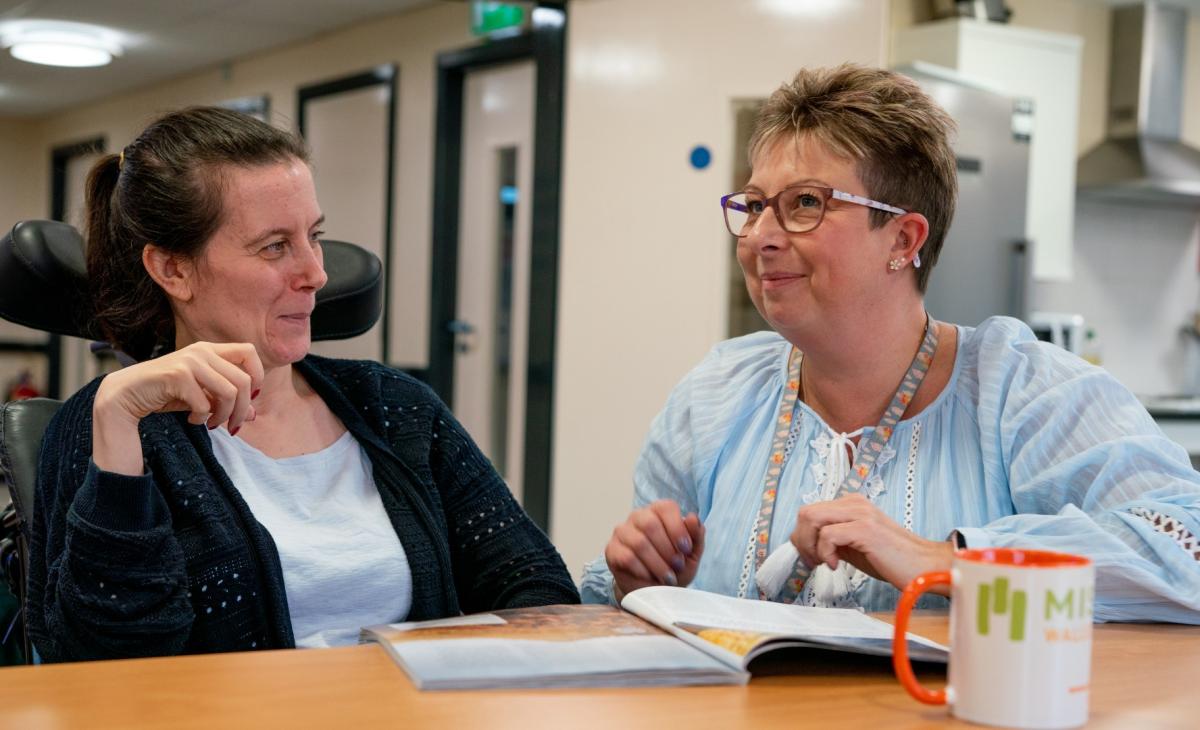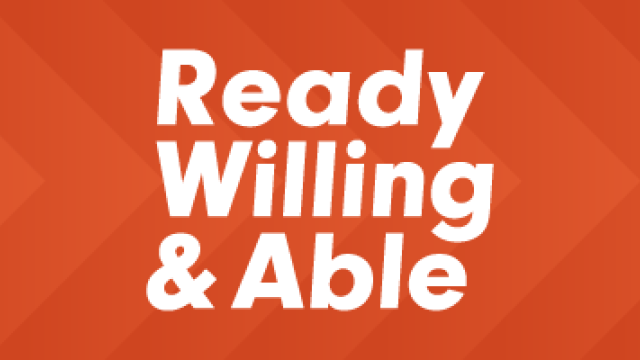
How to have an inclusive recruitment process
From advertising a vacancy, to the application process, to the selection of candidates, a good employer will understand the importance of inclusion at every stage. Ensuring that candidates have equal opportunity from the moment they spot the job ad to when they sit down to interview, will ensure that your business has the best chance of securing the right talent you need.
Having a truly inclusive recruitment process doesn’t happen overnight, but by following some simple steps it can be achieved. For more detailed information, download our free factsheet.
Advertising your vacancies
Ensuring you advertise vacancies in the right way will broaden the pool of candidates and offer greater opportunities for people with the right skills, but who may not have all the experience needed.
Make a conscious effort to be inclusive
Being inclusive means that you do not have a specific person in mind when advertising a job. It’s important that you don’t target any of the Equality Act 2010’s protected characteristics in the job title or description: age, disability, gender reassignment, marriage and civil partnership, pregnancy and maternity, race, religion or belief, sex, and sexual orientation.
Advertise in different places with different angles
By varying where you advertise and using language specific to that outlet, you will encourage more people to apply. More importantly this means you’ll attract more people from different backgrounds and abilities. You might consider these places:
- Specialist recruitment agencies or websites (including JobCentre plus and EvenBreak)
- Social media (LinkedIn)
- Direct using your own website
- Physical publications (from local newspapers to industry specific magazines)
Simplify the application process
Nobody likes having to go through lots of questions and forms to submit an application. It might make it easier for the hiring manager, but it may unintentionally put off talented candidates who do not respond well to timed tests or lengthy processes.
Remove barriers
A formal CV may be the industry standard way of hiring, but it only offers a snapshot of someone’s history. This could be open to conscious or unconscious bias. Consider whether experience or skills based questions could be used instead and offer different ways to apply. For example, a practical skill may be easier to show using a video rather than in writing.
Inclusive screening
Certain types of pre-employment screening, for example tests with defined time limits, can be unintentionally biased against people with certain disabilities. Removing these will make it easier for people of all abilities to reach the next step in the application process.
It’s an interview not a test
Traditional interviews expect candidates to be able to respond on the spot. This process often doesn’t show the best of the applicants’ abilities. By sharing interview questions 24 to 48 hours beforehand, it gives the candidate time to think about all their relevant skills and experience, rather than just those that they can remember under pressure. This approach will reduce anxiety and make the process easier for everyone. It also ensures you get the answer you want.
Consider the selection process
Sifting through hundreds of candidates can be time consuming and it’s easy for conscious or unconscious bias to creep in, even before you get to the interview. Put inclusion first and take some steps to make the process fairer for candidates and easier for you.
Unbiased selection
Having a process where you can identify abilities without discriminating against differences, is crucial. To do this consider screening without sight of personal details and do it only based on skills and experience.
Offer alternatives to interviews
As mentioned above, an interview may not get the best out of the candidate. Consider some of the following instead:
- On the job selection (or a work trial)
- Group activities or individual assessments
- Online activities that are relevant to the role
- Secondments into different roles for existing employees
Open questions and interview techniques
Making the interview as comfortable as you can will ensure you get the best out of the candidate. Always be mindful of any additional support they may need and be sure to identify this beforehand.
When asking questions, focus on the candidate’s motivation, as well as the specific requirements for the job. It’s important to understand why they want the job. Also remember that not all skills will come with direct experience, they may be transferable from non-work related topics.
Find out more
The recruitment process is complex and often very fast paced. However, that doesn’t mean that inclusion shouldn’t be the priority. Remember, inclusion will ensure your business gets the most out of the process by finding people of all abilities.
Download our free factsheet for more detail on the process, or get in touch by emailing RWA@seeability.org for tailored advice for your business.



